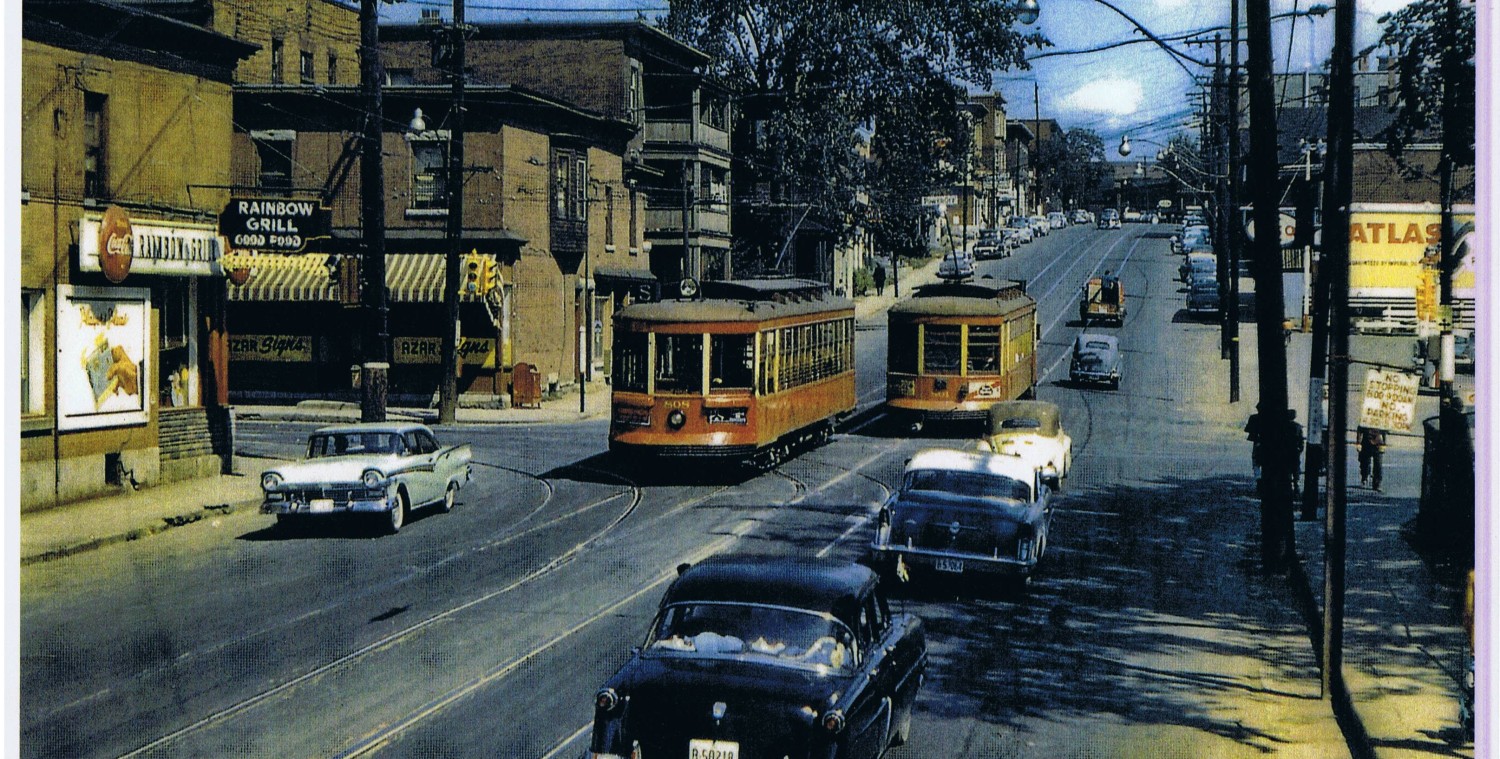Back in the early 80’s, a city crew arrived in front of my (new to me) house to do a “test bore” into the ground. Natch, I asked what they found. In bored voices, they said 35′ of gritty sand and gravel mixed, ie riverbed or glacial till. Very interesting, I thought, this means I should have a fairly stable foundation and good drainage.
Sure enough, pour a bucket of water on my driveway or garden, and it disappears straight down. All the rain the runs off my roofs on the west side of my house lands on my deliberately-permeable patio surfaces, and even in the heaviest August downpours, seldom puddles beyond five minutes.
The other side of the house, rain lands on a paved driveway, runs onto the street, and joins the enormous puddles at the street dead end in front of my house. I happen to be the lowest point on the street, so the puddles get deep and large quickly. All these paved surfaces shed water too fast, and then overload the sewers, which flood into the river … you know the story.
I railed here before that the city permits too much impermeable paving. Rather than installing expensive new sewers, or trendy bioswales, maybe we would find it cheaper to rip out asphalt in favour of permeable paving.
All this unseasonable talk of rainfall and runoff comes from finding the attached map of soils and underlying geology for central Ottawa. It’s fun to find your house and learn what’s underneath it. And it is a reminder that what’s under your house may not be what’s under your neighbours’ houses. Look at Rochester Street, south of Somerset, where one side of the street is bedrock and the other drains perfectly.
double click and it may enlarge the picture
All this brought back fond memories of studying physical geography, surficial geology, and foundation and sewer engineering. Thanks to Jeff Leiper for sending me the document with the map. I’m sure I was supposed to focus on something else, but the map was the real prize for me.




Very interesting. I wonder if the Till Regions are compatible with Ground Sourced Heat Pump systems?
This would be pretty handy when buying a new house.
How accurate is it do you think? The OTrain cut at Carling sure looks like bedrock to me, but shows till there. Likewise, my house seems to be on bedrock at least at the front where running new 3/4 inch water pipes required hammering through a lot of rock. Shows the same till area for us though. Or is it that what I see is only surface rock and the till starts much further down?
There is bedrock everywhere, if you go down deep enough. And there is soil (decayed organic matter) on the very top, pretty much everywhere. Maps of different layers are vital for engineering, but every project takes specific test holes. The closer a project comes to reality, the more holes are drilled. Examples of “too few holes” abound, where a structure under construction is discovered –often to great grief — to be on two types of material. The last building at Ottawa U discovered that, to much delay and cost.
Ah, well then there must be some small threshold of till depth that sets bedrock off from till, like 1m or something. The differences between one side of Rochester and the other side might not be as stark as they seem – it could be that one side hit the 1 m (or whatever it is) threshold while the other was just below. 1 m is about all the till we have here.